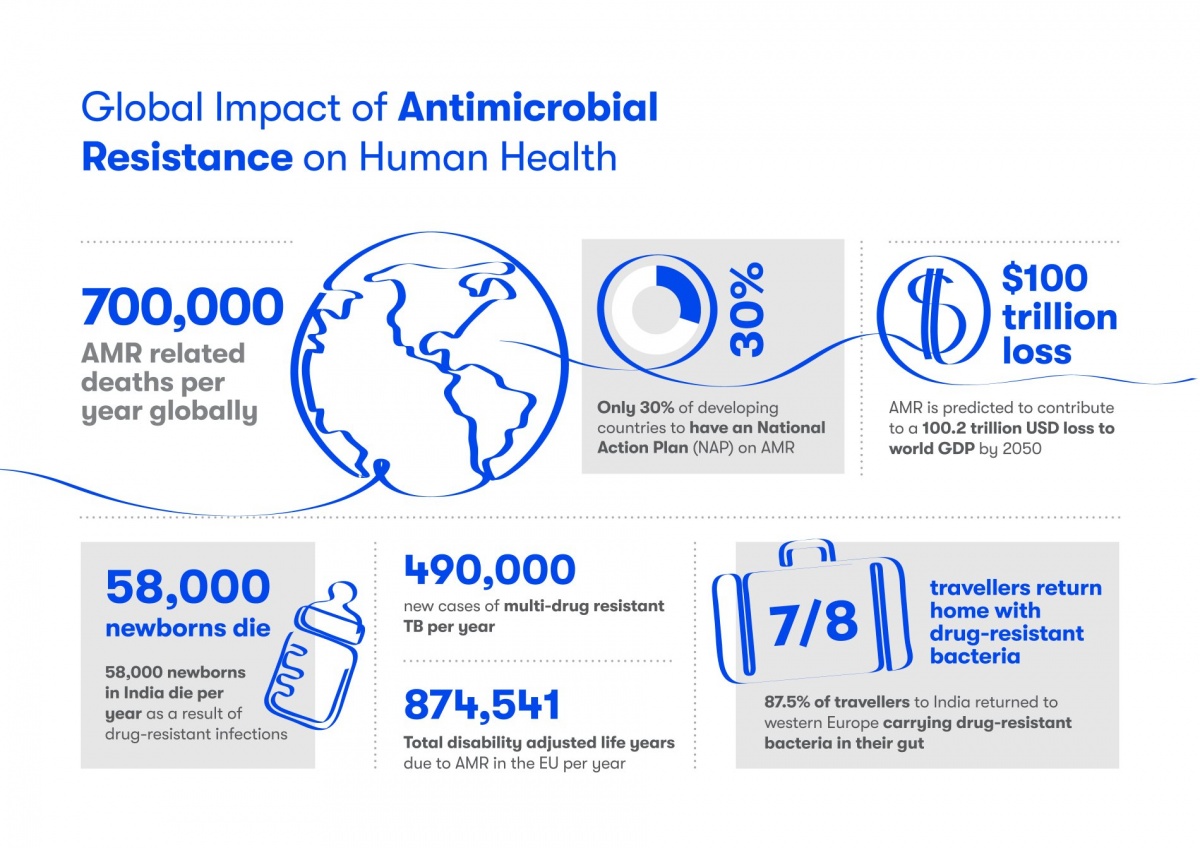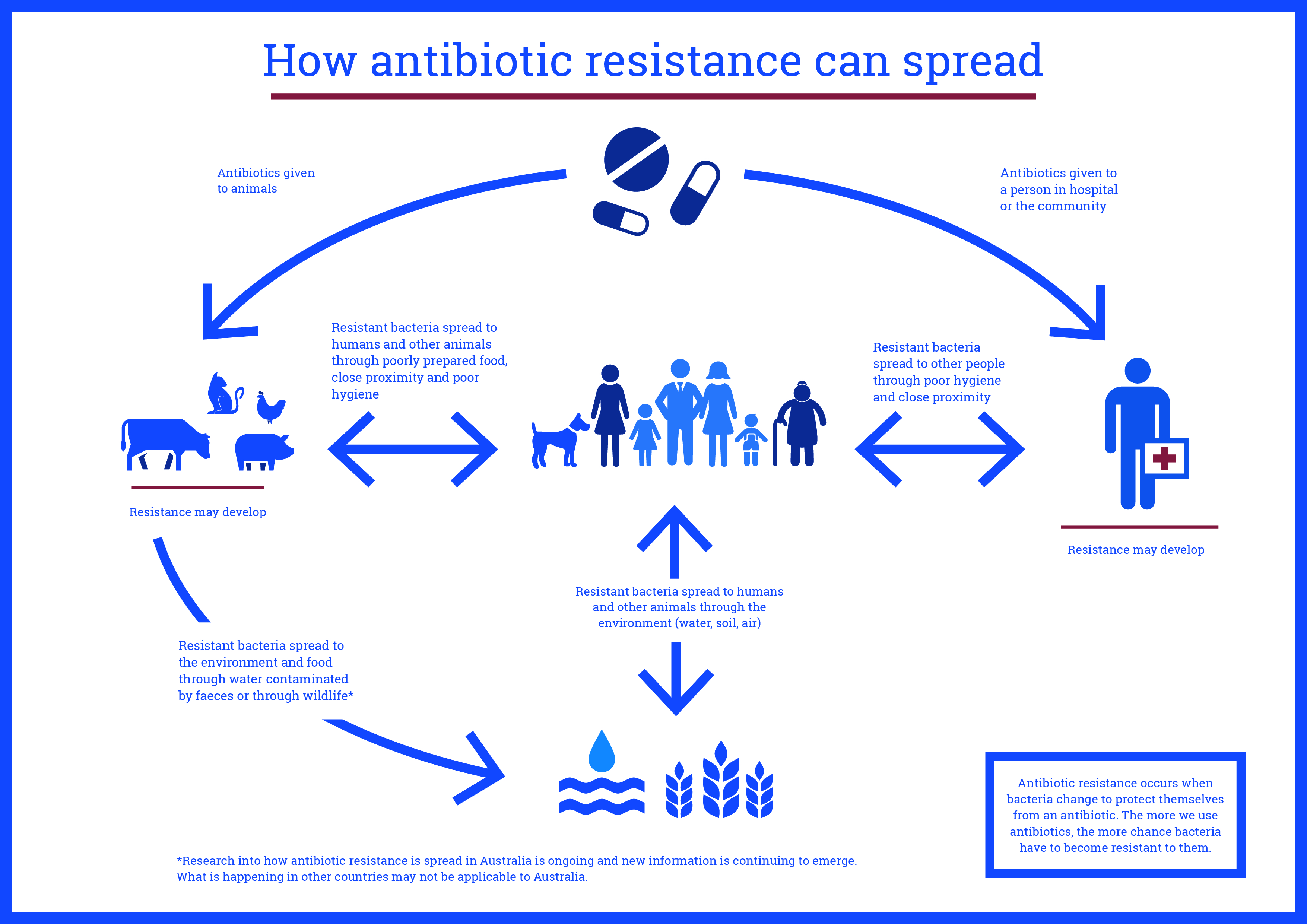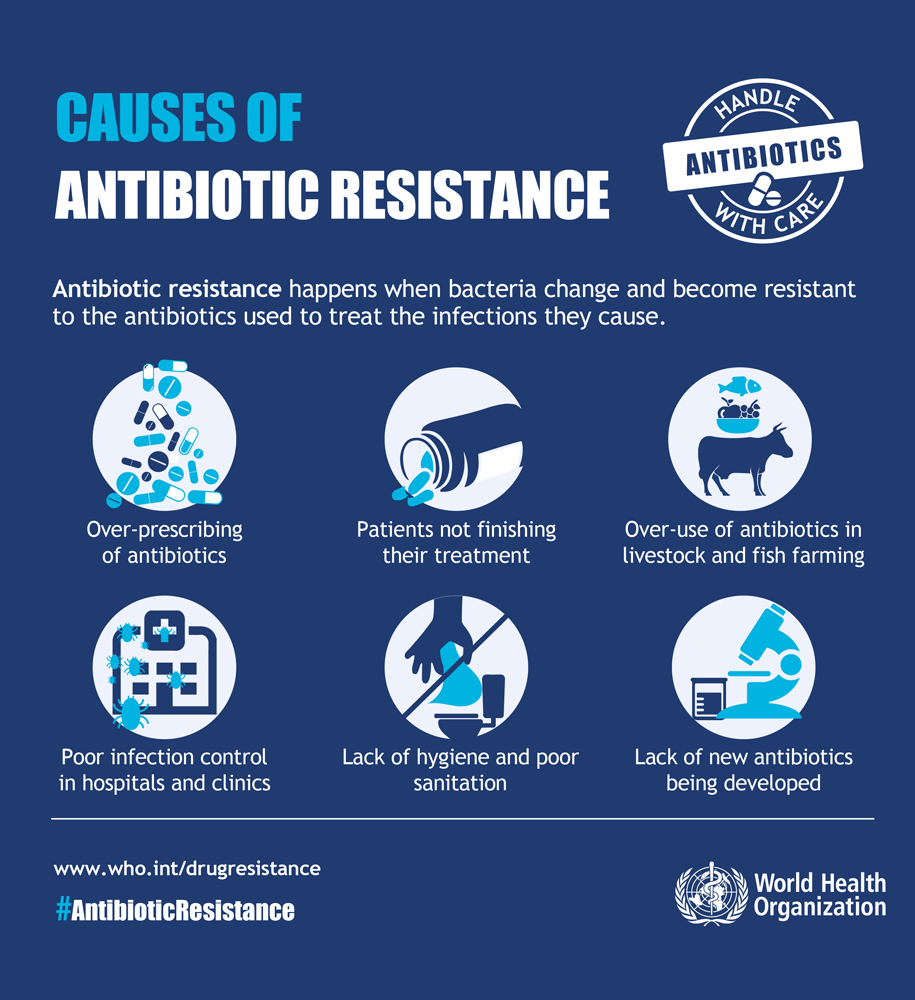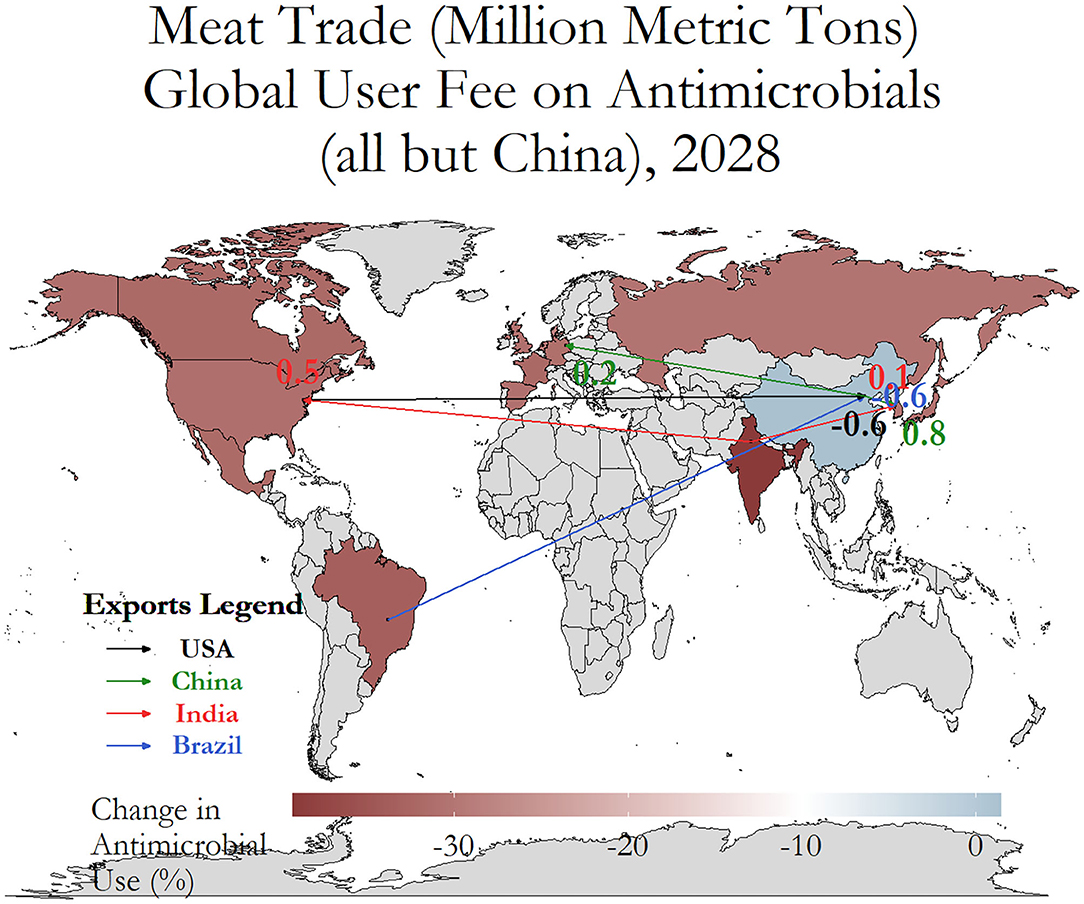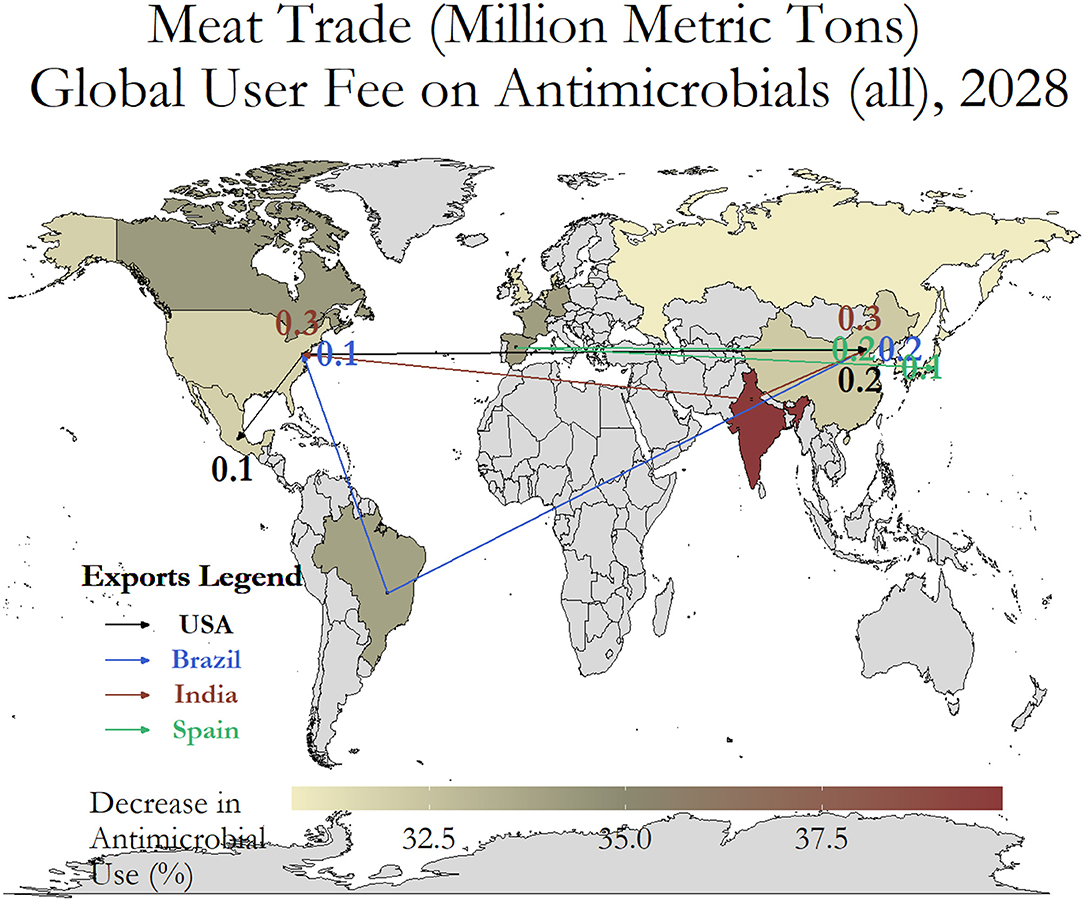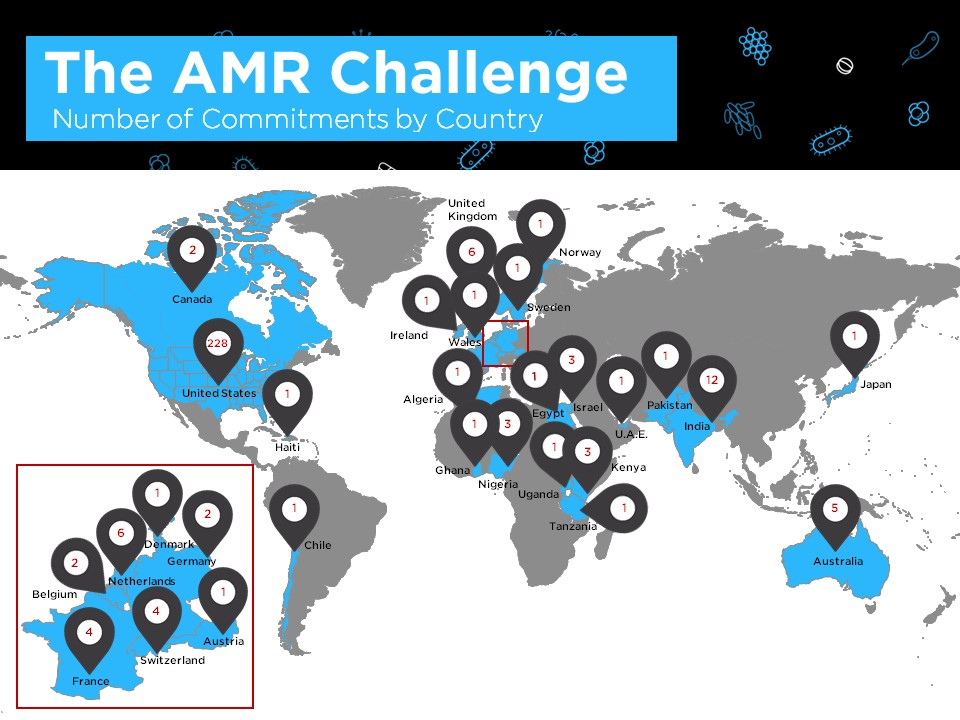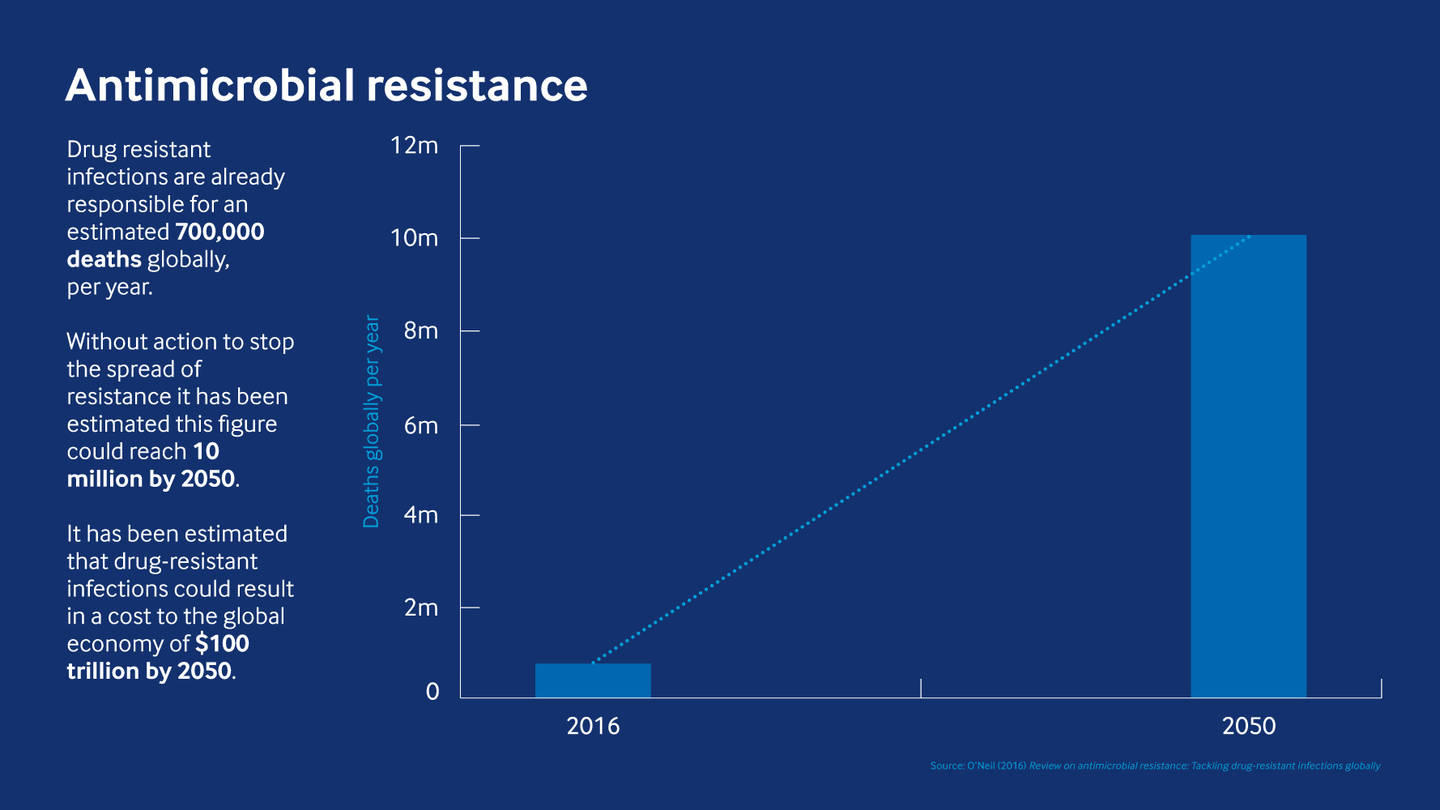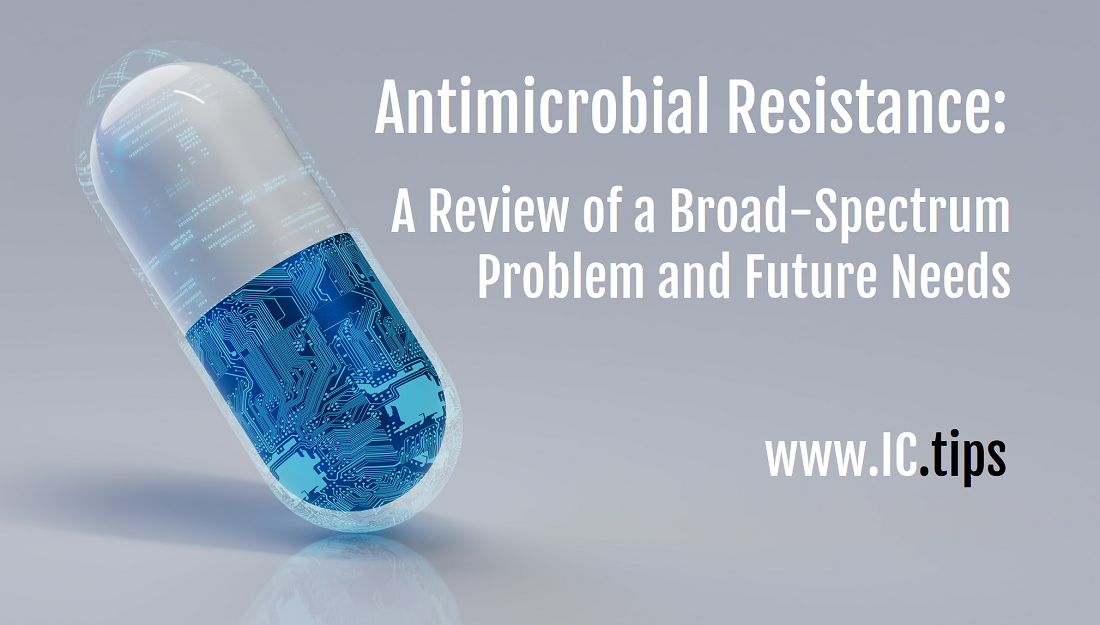Understanding and Tackling Antimicrobial Resistance
Antimicrobial resistance (AMR) presents a profound challenge globally, as highlighted in numerous studies. It poses a significant threat to public health and economic stability, primarily through its impact on healthcare systems and animal husbandry. Early detection of multidrug-resistant organisms, as noted among renal transplant recipients, underscores the critical need for robust surveillance systems. Antimicrobial stewardship programs have shown promise in pediatric and primary care settings, reducing inappropriate antibiotic use and thus mitigating resistance. Additionally, the impact of educational programs on understanding AMR’s severity cannot be overstated. Innovative approaches such as the taxation of specific antibiotics and leveraging machine learning tools for predicting resistance patterns are emerging as potential solutions.
Moreover, the intricate relationship between AMR and environmental factors, such as wastewater management in dairy farms and the role of coastal waters, is gaining attention. The COVID-19 pandemic has further complicated AMR dynamics, affecting antibiotic prescriptions and resistance trends across various regions, including Qatar and Romania. As we look towards future directions, global cooperation and the implementation of One Health approaches appear pivotal in addressing AMR comprehensively. By integrating public health, veterinary, and environmental strategies, the fight against AMR can become more coordinated and effective.
1. The Nature and Impact of Antimicrobial Resistance
Antimicrobial resistance (AMR) is recognized as a significant global health threat, influencing public health outcomes and healthcare systems worldwide [8]. Studies have highlighted its impact in various sectors, such as animal husbandry, where it causes economic losses and exacerbates public health issues [7]. The COVID-19 pandemic has further complicated the landscape, affecting antimicrobial prescription habits and potentially influencing AMR dynamics [10]. Multidrug-resistant organisms (MDROs) detected early in renal transplant recipients indicate how AMR can exacerbate clinical outcomes [1]. Implementing antimicrobial stewardship programs (ASPs) has shown promise in reducing resistance and optimizing antimicrobial use in diverse settings [2]. The use of metaphylaxis in agriculture, particularly in high-risk beef stocker calves, has been studied for its implications on AMR, underscoring the importance of contextual antimicrobial use [4]. Meanwhile, the global sports community has been impacted by AMR, though its specific effects in this field have been underexplored [6]. Education and training programs have proven essential in understanding the severity of AMR and promoting appropriate measures to mitigate its spread [3]. Additionally, wastewater management practices in agricultural settings, such as dairy farms, can significantly influence AMR through the management of slurry and wastewater flows [5]. Recognizing the multifaceted nature of AMR, global collaborative efforts and innovative approaches are crucial to address this pressing health crisis [9].
2. Current Global Strategies and Policies
Current global strategies and policies aimed at combating antimicrobial resistance (AMR) involve a multifaceted approach that includes policy reforms and international collaborations. The increase in antimicrobial use in food-animal production, projected to rise by 11.5% from 2017 to 2030, necessitates policies like SB27, which could mitigate this trend and address the AMR challenge on a global scale [12]. There is a critical need for policies informed by the biological aspects of AMR to control antimicrobial use in livestock, thus curtailing the global spread of resistance [11]. Global coordination in mitigating economic costs associated with antimicrobial use is crucial, with policy measures including trade bans and user fees being potential tools [13]. Moreover, the April update of antimicrobial stewardship policies underscores significant global initiatives, encompassing industry leadership, policy analysis, research funding, legislation, and international cooperation [14]. City-level policies, such as those in San Francisco, demonstrate the power of local governance in effecting changes across larger scales through detailed reporting requirements, which can potentially influence antimicrobial use practices nationally and globally [15]. The integration of global and national food animal trade policies, alongside stakeholder-based policy development, is essential in developing and implementing effective AMR mitigation strategies at all governance levels [16]. These strategies collectively aim to reduce AMR by establishing stringent policies, enhancing transparency, and fostering international partnerships to ensure sustainable antimicrobial practices worldwide.
3. Challenges in Combating Antimicrobial Resistance
Antimicrobial resistance (AMR) presents significant global health challenges, including prolonged illnesses, increased healthcare costs, and high mortality rates [17]. AMR is particularly problematic in low- and middle-income countries (LMICs), where factors such as high staff turnover, limited diagnostic capacity, and antibiotic shortages complicate efforts to combat AMR [23]. The COVID-19 pandemic has exacerbated these issues by disrupting antibiotic supply chains and increasing healthcare-associated infections [26]. Furthermore, AMR surveillance systems face challenges related to inadequate meta-data, which complicates categorization and management of AMR data [21]. The implementation of genomics for AMR surveillance is also hindered by substantial challenges in clinical settings [25]. The transnational coordination required for effective AMR governance presents another layer of difficulty, as countries must navigate complex governance arrangements to address AMR effectively [24]. AMR is a borderless issue, likened to climate change, demanding global cooperation for effective management [22]. Innovations such as the PA-100 AST System, which rapidly tests for urinary tract infections, show promise in transforming the fight against superbugs, winning significant recognition like the Longitude Prize on AMR [18]. However, addressing AMR in one health settings, including animal husbandry, presents its own set of challenges, as seen in dairy, aquaculture, and poultry [19]. Overall, tackling AMR requires a multifaceted approach involving robust surveillance systems, international collaboration, and innovative technological solutions [20].
4. Innovative Approaches and Solutions
Innovative approaches to combat antimicrobial resistance (AMR) are critical due to its global health implications. Partnerships and funding play a crucial role in fostering these innovations. For instance, MGI Tech and the Australian Research Council's partnership focuses on developing and applying innovative solutions against AMR [27]. Similarly, Menarini's investments support laboratories with advanced AMR solutions [28]. The collaboration between C-CAMP and the UK Department of Health aims to tackle AMR in low- and middle-income countries, emphasizing the environmental impact [30]. Various technological advancements, such as Syrius Technology's on-site logistics solutions, highlight the role of tech-driven innovations in addressing AMR [29]. Furthermore, the need for coordinated efforts across sectors is underscored in the 2023 AMR Industry Alliance Progress Report, which calls for preserving existing treatments and developing new solutions [31]. Novel funding strategies, like those by the Novo Nordisk Foundation with CARB-X, also contribute by supporting One Health solutions, increasing innovation accessibility, and establishing international partnerships [32]. Overall, these efforts exemplify the diverse and multifaceted approaches necessary to effectively combat AMR globally.
5. Future Directions and Global Cooperation
Future strategies to combat antimicrobial resistance (AMR) emphasize global cooperation and innovative approaches. Recognizing AMR as a top threat to healthcare, predictive tools such as machine learning are being developed to anticipate AMR trends, facilitating targeted interventions [33][35]. The World Health Organization has highlighted the insufficiency of current antibiotics and the need for new strategies [34]. Collaborative research efforts, such as the One Health approach, are crucial for future AMR research and action, aiming to foster cooperation across various sectors [37]. Efforts to optimize antibiotic use must consider collateral effects, as demonstrated in the study of uropathogenic Escherichia coli [35]. Additionally, the integration of vaccination programs is being explored to address AMR through partnerships like that of Bharat Biotech and Alopexx [36]. Furthermore, the application of machine learning in infection prevention and antimicrobial stewardship holds potential for transforming healthcare practices [42]. Educational programs play a critical role in equipping future veterinarians with the necessary skills to combat AMR [38]. The Longitude Prize highlights the importance of collective action in combating AMR, aiming for a future protected from superbugs [39]. Finally, transatlantic cooperation and leadership in AMR are essential, as emphasized by the WHO and various global health organizations [40]. These efforts underscore the importance of aligning strategies and actions on a global scale to effectively address the challenges posed by AMR [41].
